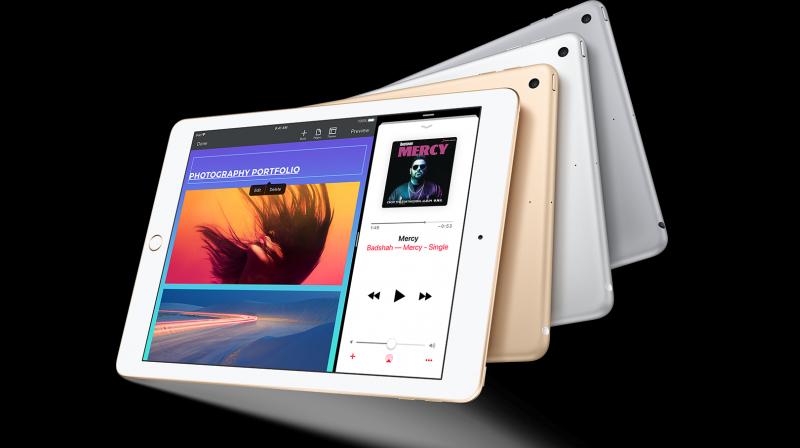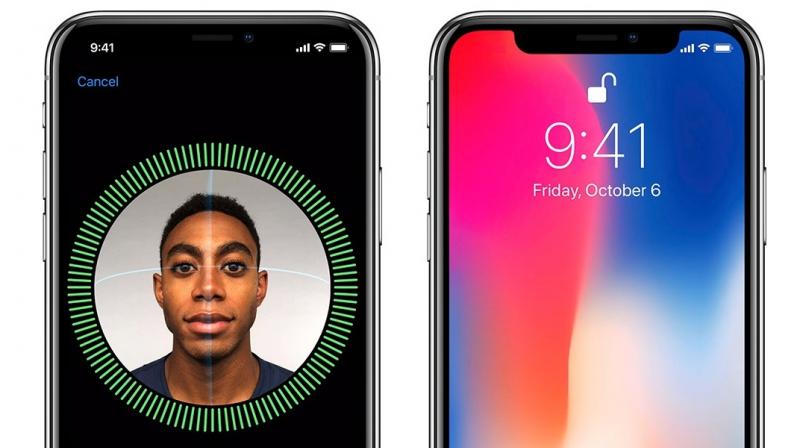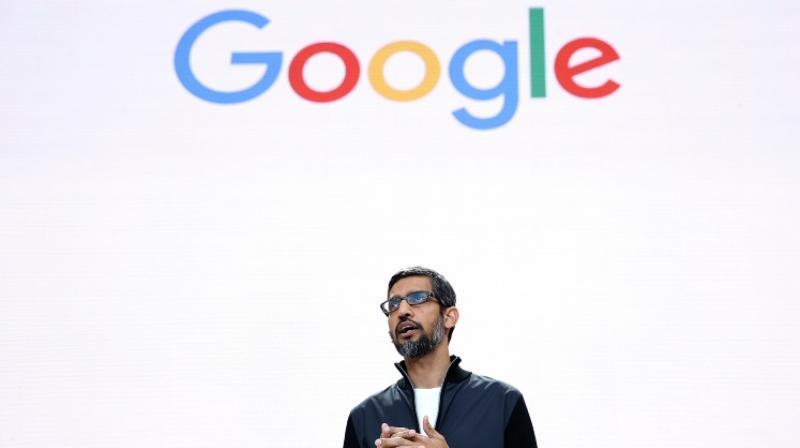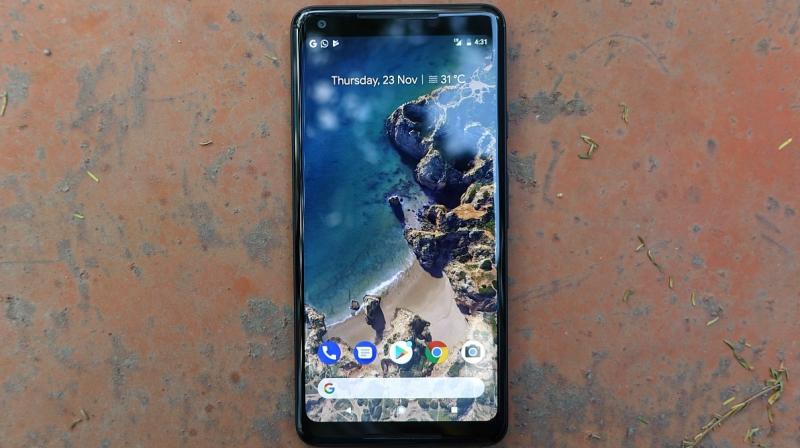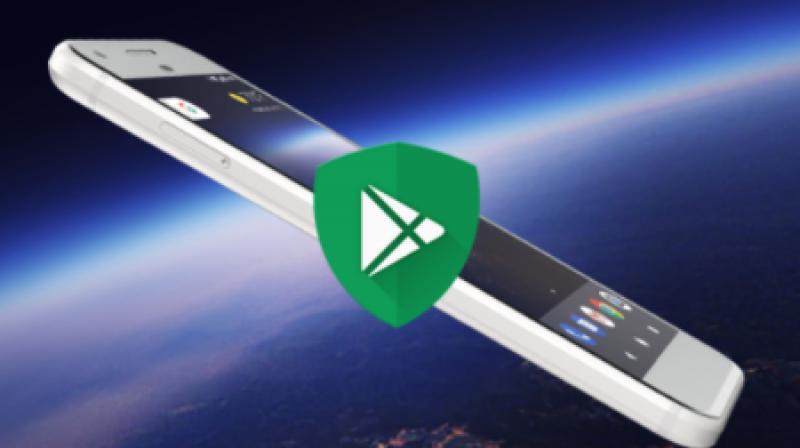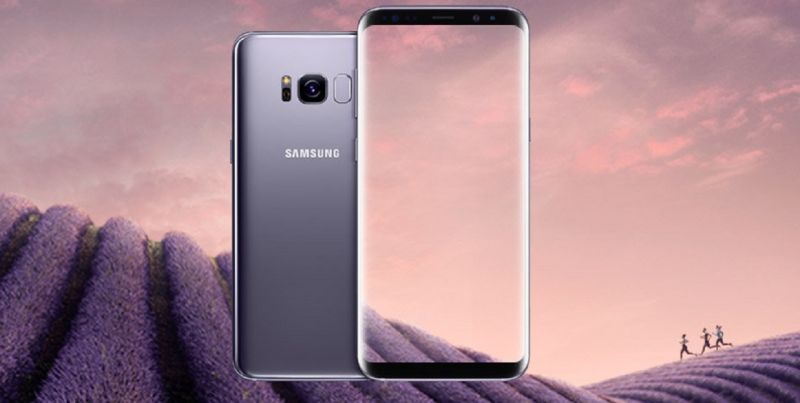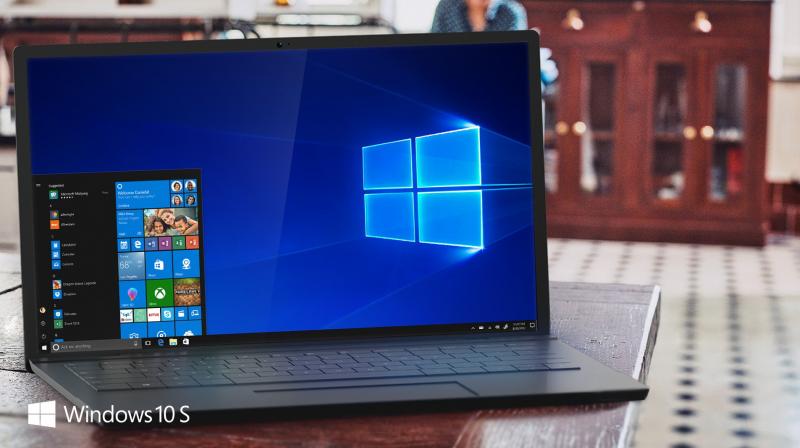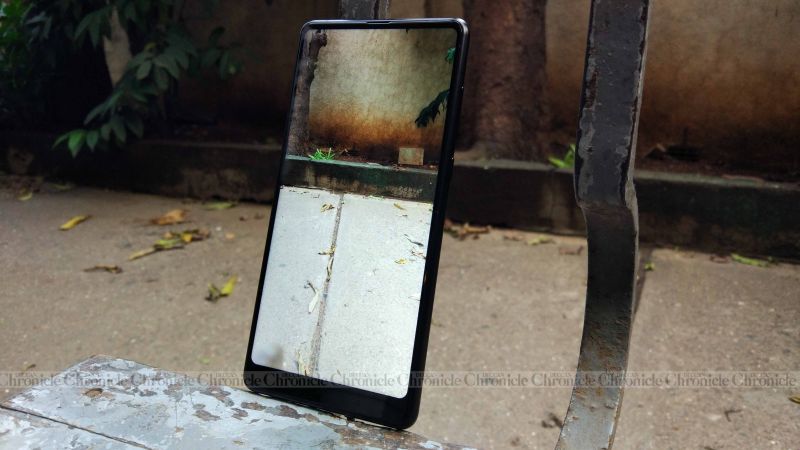2017 year-ender: The Brand Wars' in the tech universe
2017 saw several brands trying to gain superiority over one another by churning out revolutionary tech for the masses.

Technology is only the field that evolves faster than anything else. Be it food production, tourism, transportation, governance, recreation or any other field, technology is one of the common factors that propels growth in most of the sectors. As usual, the giants of the industry take it upon themselves to shape the future and 2017 marks a major milestone in the history of technology to bring in revolutionary ideas to reality.
However, brands across the world have been competing with each other to keep themselves prominent in the market in the past. This year, like previous years, was no different. Two major names in the industry — Apple and Google, attacked each other with exciting concepts and ideas, especially focusing on those areas that directly touch the lives of consumers. Therefore, let’s have a look as to how these two and some of the other prominent entities fared against each other in technology ‘Brand Wars’ of 2017.
The ‘Apple’ of everyone’s eye played a disastrous secret Santa
If there’s one brand that influences the market deeply, then Apple has to be the contender for this title. Since the beginning of 2017, the Cupertino giant has managed to retain its position as the affluent and desirable brand for people of all ages and income groups. Even the world of ‘tech rumours’ consisted of 60 per cent Apple-related products and services, the biggest one being the iPhone X obviously. The company managed to maintain their ‘cool’ image while having one perfect and premium product across all categories.
However, every company needs to have a ‘mass-appealing’ product in order to keep the balance sheets positive and Apple was also seen following the suit. Last year, they went ahead with their iPhone SE to appeal to the budget conscious crowd, which received a warm response from the world. At this year’s WWDC, they announced an affordable iPad with internals from the older iPhone 6S for those who simply wanted a multimedia tablet to cater to their regular needs. At the same time, they also announced ultra-powerful iMacs suited for professionals looking for a PC that could do anything. This showed that Apple wanted to tap into the developing markets outside the USA while still retaining its high-profile image.
Then, we saw Apple jumping in on the Voice Assistant bandwagon with their HomePod speaker, which is supposed to be an answer to Amazon’s Alexa and Google’s Home speakers. While the AI-based smart speaker hasn’t seen the light of the day yet, it was responsible for ‘accidentally’ giving out a lot of information about the most-hyped gadget of the year — the iPhone X.
The iPhone X broke cover in September and shook up the world (for all the right and wrong reasons) with its new approach to mobile telephony. The FaceID facial recognition makes for a new ‘contact-less’ way of security verification and the narrow-bezel all-screen OLED display showed the world how ‘bezel-less’ display is done properly, despite sporting the infamous notch. The iPhone X was made to look so desirable that it overshadowed the equally capable yet conventional iPhone 8/ 8 Plus. In fact, the iPhone 8 became the only Apple device in the recent past that received a muted response from the consumers — this was enough to prove that Apple’s gamble with the ultra-expensive iPhone X paid off extremely well.
iOS also got a major overhaul with the 11th major update. While it brought several improvements to the iPhone, it changed the way the iPad performed — Apple now allowed users to perform proper multitasking and provides a file management system to make the iPad a contender for being a laptop replacement. However, iOS 11 has also been extremely notorious for breaking iPhones and iPads all around the world with numerous bugs and stability issues -- stuff that Apple is still fixing.
However, it was found that Apple was 'engrossed' in fixing their mobile devices so deeply that they secretly started pushing their iPhone users to buy newer devices sooner than the claimed shelf life. The fresh ‘Battery Gate’ scandal has left Apple at the mercy of their consumers, making it hard for the people to put back faith in the company that promised the best of experience with the previous generation devices. Despite Apple giving valid reasons to justify themselves, the damage has already been done and while you are reading this, several angry users have already taken the matter to the law for illegitimately keeping them in the dark about their ‘iPhone-killing’ updates.
In short, Apple undid all of its yearly achievements with a ‘simple secret’ that proved disastrous for millions of faithful iPhone users around the world.
It was all ‘Google-y woogley whoosh’
There’s no denying that the world depends on Google for everything. Be it booking a cab or checking out the timings at the nearest movie theatres, Google is the ‘God of the Internet’. This year, Alphabet Inc’s hyperactive arm had a lot on its hands to keep the world of technology an exciting place.
Earlier in the year at I/O 2017, Sundar Pichai took to the stage to announce that Google had been a software-based company and they will be ensuring it over the year that smartphones and computers don’t merely remain dumb 'command remotes' — AI will finally touch people’s lives. Google’s utilitarian Assistant was made available to various kinds of device manufacturers for making the world a smarter place — refrigerators, televisions, ovens, third-party speakers and anything with a silicon chip.
In fact, Artificial Intelligence has been the key element in making Google’s products as well as services more user-friendly and intelligent. Several nifty features have been added to Search to make Internet browsing easier. Android Oreo was given natural support for neural engines on smartphones. To support AI applications on a global level, they also announced Cloud TPU services as well as an advanced AR/VR graphics rendering engine, called Seurat, to provide better experiences on ‘adequately-capable’ devices.
Google’s reliance on software became so good that they finally were able to bring Augmented Reality to generic smartphones that didn’t sport multiple sensors at the back, like Google’s Tango phones. Although they lagged behind Apple in implementing AR for the masses, Google’s ARCore has shown the potential and it won’t be long before the world depends on AR for several services in their lives.
However, the best application of AI has seen in their Pixel 2 smartphones. Google showed that you don’t need a dual-lens camera to get the best smartphone camera. The Pixel 2’s extends Google’s ‘AI-first’ approach with highly efficient software and a wide array of intelligent features, such as Google Lens. Google even made the wearable 'ultra smart' with their Pixel Buds, which allowed for multilingual conversations by simply tapping once. With HTC’s mobile division now in hand, Google has a lot to look forward to achieving the best in the smartphone segment.
Google also focussed massively on implementing tight software security on Android after witnessing some dangerous malware attacks. With Play Protect and more interwoven security in their apps as well as services, Google has clearly made it a point to achieve iOS-levels of security, if not better.
Lastly, the company also stressed on reaching the next billion of the planet with affordable smartphone solutions. We already saw Android One coming back to life with Xiaomi in India, aimed to provide quality smartphone experience for the masses. However, they outdid themselves with Android Go — an initiative to provide fast and efficient Android software for entry-level budget smartphones. Android Go is yet to see the light of the day but promises better experiences on devices with extremely lower specifications.
On the whole, Google pretty much managed to keep itself in the positive limelight while making the tech world a better place.
Uncle ‘Sammy’ made a ‘noteable’ comeback
Samsung had a tough 2016 with the massive failure of the Galaxy Note 7. However, they made it back amongst the top with their extremely pretty and capable Galaxy S8. In fact, the Galaxy S8 initiated the trend for the revolution in smartphone designs -- the narrow-bezel 18:9 display, which was even followed by Apple. Samsung went on to achieve respectable numbers for the S8 and came back with a force in August to re-establish themselves as the premium phablet manufacturer with the Galaxy Note 8.
However, Samsung also kept the tech trends of the year in mind and came up with their own AI-assistant — Bixby. Bixby was intended to be a different approach to AI assistants on smartphones and it showed throughout the year. Samsung’s AI baby possessed greater control over the device than the leading rivals and even went open source later in the year.
The company also came up with several innovative consumer electronics products, such as 4K QLED smart TVs and a host of smart air purifiers.
Microsoft preferred the ‘soft’ way
Microsoft’s Windows 10 Mobile had been long out of the big league. However, the Redmond giant has been busy in playing it sensibly and providing most of its new services to successful rivals — Android and iOS platforms. In fact, Microsoft has been busy “Microsoft-ising” both the platforms with various apps, services and even launchers.
As for the Windows 10 platform, the company reloaded the world’s favourite PC OS twice with the Creators Update packages. Windows 10 also got a lot of new security features and a slightly modernised-UI. They also came up with a 'restricted' Windows 10S that only runs Microsoft's UWP apps for enhanced performance and security. However, its forefathers (Windows XP, Windows 7) have seen the worst of malware attacks, crippling most of the computer systems around the world with the dreaded WannaCry ransomware.
On the other hand, Microsoft has been trying to push full-blown Windows 10 to laptops and convertibles running on conventional smartphone hardware, such as Qualcomm's Snapdragon 835 chipsets. They are also focussing on a manufacturer implemented tight security ecosystem like Apple with their latest range of Surface devices. The mighty Xbox was also upgraded to keep the world of console gaming energetic.
On the whole, Microsoft has been trying hard to keep the PC relevant by adapting it to the modern needs of the today. Also, they have been trying to push more and more people to enroll in their services. With the mystic Surface phone still a rumour, 2018 should see more innovative as well as competitive products from the company.
Xiaomi: The common man’s Santa
It would be unfair to conclude without mentioning the hero brand from the land of the Great Wall of China. Xiaomi, like previous years, has been on a roll with several successful products one after the other. What they have done is basically make the ambitious technologies more accessible to the masses. Their Mi MIX 2 has to be credited for going all out with a narrow-bezel display in a practical yet premium form factor, grabbing the world’s attention until Apple’s hero debuted a day after its launch. However, the company has achieved unparalleled strides in the Indian market.
You will be living under the rock if you haven’t heard this name — Redmi Note 4, which is currently one of India’s most popular smartphones. Apart from that, they also hogged the limelight by working with Google to redefine the Android One program for the midrange smartphone segment — the Mi A1, and packed it with premium features such as portrait-capable dual camera lens and a desirable form factor. Their recent aim to make the smartphone more accessible to rural and semi-urban India with the Rs 5,000 Redmi 5A has also worked for them. They have also been active in the accessories space by launching affordable fitness bands, power banks and even air purifiers (a product that has lately come of major help in Northern India).
Their Android-based MIUI operating system may not have the guts to compete with the Google’s AI-equipped software, but it gives all the features that Indians want from a smartphone.
To wrap up, Xiaomi made 2017 a highly successful year for them and we think it wouldn't be any different in 2018 as well.
Who’s got the lead?
All of them! Without this fierce competition, we wouldn’t have been able to witness the advances that re-shaped the technology industry. It has been a great year in the world of consumer technology and with this kind of strong momentum; we can hardly wait for 2018 to show up with loads of revolutionary surprises.

